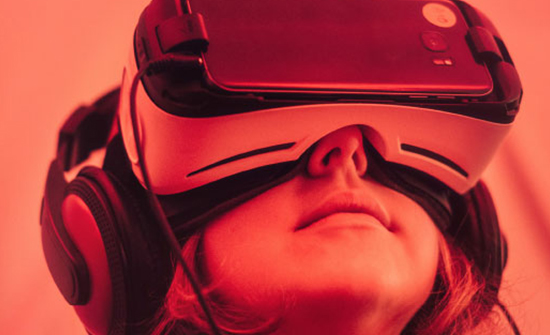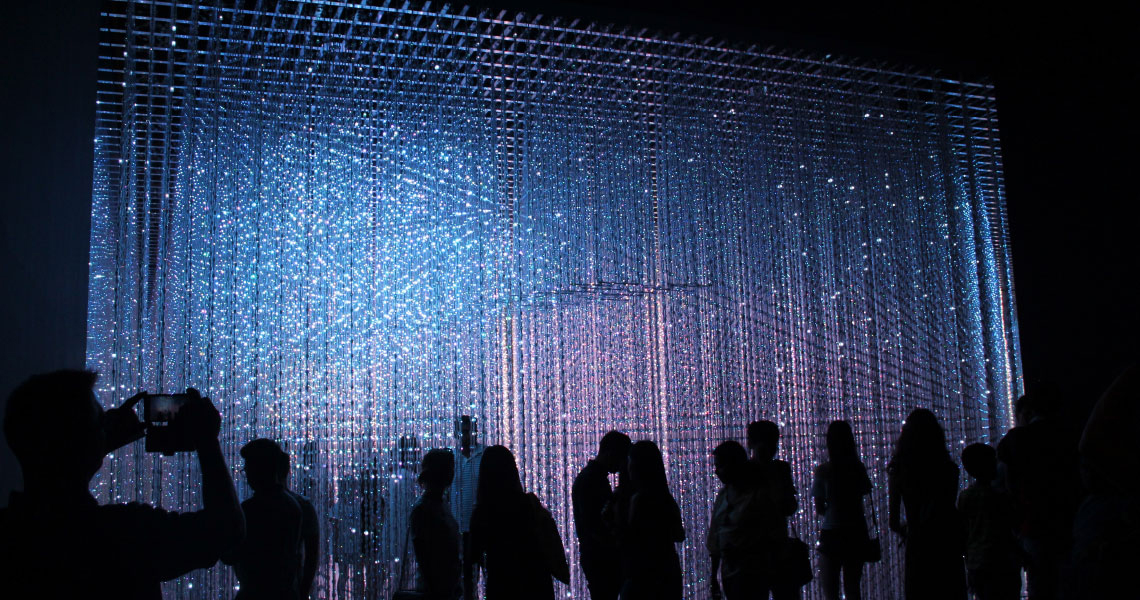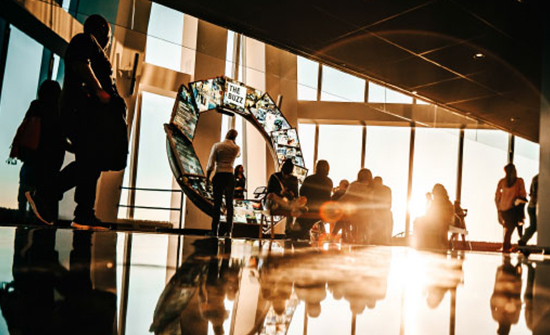5 THEORIES OF HOW THE FUTURE WILL LOOK.
An article by designer Miriam Becker
Trade fairs have been around for more than 1,300 years. All along the major trade routes, temporary exhibitions sprung up where traders would present their goods. So it would be wrong to think that trade fair construction is now suddenly being revolutionised. The trade fair business has always been a reflection of economic trends, cultural influences and innovative developments. So is the trade fair construction we see today and in the future really anything new? Yes, actually. We are currently going through a major transition.
As a specialist that has followed and shaped developments in this market for exactly 50 years, we closely observe key influences and have come up with five theories which we discuss both internally and with our customers. The major challenge for future projects will always be weighing up and implementing these theories in a way that is individually tailored to the customer and in an effective strategic context, rather than looking at them completely separately from one another. This is a task that is certainly firmly rooted in design – but needs to be thought of holistically, always with the central idea of “spatial communication” in mind. So let’s get started:


-1.png)
-1.png)


-1.png)
-2.png)


